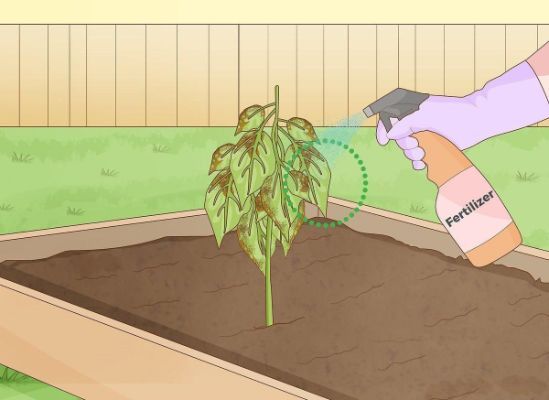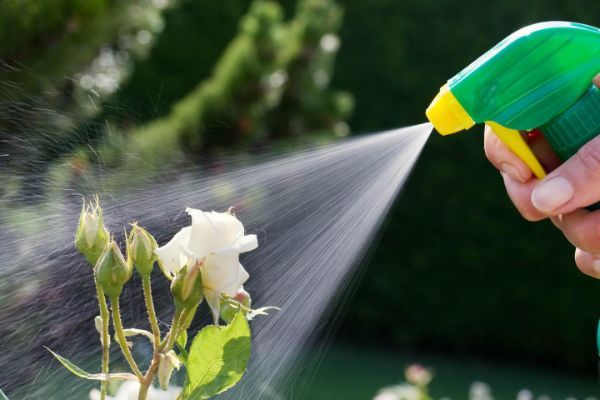Morning glories are also easy to grow from seed, so you don't need to purchase plants from a nursery or garden center. In this article, we'll show you how to plant morning glory seeds and care for them once they've sprouted so that your plant will bloom all summer long!

How to Cultivate Morning Glory Flowers?
Planting Morning Glory from Seed
Like many other flowering annuals and perennials, morning glories are best grown from seed. The seeds must be fresh to ensure that they will germinate. Morning glories have a short shelf life and should be planted immediately after purchasing them.
If you're planting from seed, soak the seeds overnight in water before planting them. Morning glories grow well in pots or containers and will climb up any trellis or pole you provide for them (however tall).

Growing Morning Glories from Seeds Indoors
To grow morning glory from seed indoors:
- Plant in soil that has been enriched with compost or fertilizer.
- Cover seeds with about ¼ inch of soil and water gently so as not to disturb them too much. Soil should remain moist but not wet until germination occurs—about 5 days after planting—then allow the surface of the ground to dry out between watering sessions.

Planting Morning Glories Outdoors
Morning glories are primarily summer-blooming plants. Most varieties will flower from mid-summer to early autumn, depending on the type and weather conditions. Morning glories prefer full sun and well-drained soil, but they also do quite well in partial shade. If you make to make your garden even better see the list of plants suitable for tall narrow pots.
Morning glory seeds should be planted in the spring after the fear of frost has passed and the soil has warmed up enough to sustain growth. Morning glory seeds can also be planted in fall, but they may not germinate until late winter or early spring, depending on where you live.
Watering Morning Glories

Morning glories are thirsty flowers, but they must be watered carefully. If you water them too little, they will die; if you water them too much, they will die. Watering morning glories are a delicate balance of knowing when to give them just enough water and when not to give them too much water. You can visit our detailed guide about plats care to take your garden properly.
The best way to know if your morning glory needs watering is by looking at the soil around its roots: if it's dry an inch below the surface, it's time for a drink! But don't overdo it—if there's excess moisture in the ground around its roots (even after watering), that can lead to root rot which will kill your plant before long.
Feeding Morning Glories

If you choose to feed your morning glories, they will need to be fed every two weeks starting from the first week of flowering. Once the flower has faded and produced seed, you can stop feeding them.
For best results, use a high nitrogen fertilizer at about 1/4 strength (1:4). This will help promote growth and keep your plants healthy throughout the growing season. Liquid fertilizer should be mixed in with water before being applied to the soil surface or directly on each plant in its container.
Note: Do not over-fertilize your morning glory plants, as this can cause leaf burn or damage roots, leading to root rot and wilting leaves. If you notice a yellowing of leaves or stunted growth, then it's time for another application!
Pinching and Pruning Morning Glory Vines

There are two types of pruning: pinching (removing the growing tip) and cutting back. Pinching is appropriate when you want to make your morning glory grow shorter, whereas cutting back can encourage lateral growth and branching.
If you live in a warm climate or have afternoon/evening sun exposure, you'll probably want to pinch your morning glory vines periodically throughout their growing season. This will keep them from getting too long and leggy—but it also won't encourage them to branch out quite as much as if you were pruning them instead. Conversely, if it's cold where you live, and your plants get direct sunlight for most of the day, then consider pruning rather than pinching so that they don't stretch out too much in length—and provide more opportunities for branching!

How to Care for Your Morning Glory Flowers
Let’s explore how to care for your cultivated morning glory flowers:
Controlling Pests and Diseases of Morning Glory Flowers

Morning glory, a beautiful and fragrant annual vine grown for its large, showy flowers, is susceptible to several pests and diseases. The most common and damaging pest of morning glories is the downy mildew fungus that causes blighted leaves and stunted growth. Downy mildew also can cause flowers to become deformed.
If you notice any discoloration on your morning glory plant's leaves or signs of wilting, you should inspect your garden for signs of this fungus immediately. After you have discovered downy mildew (also called gray mold) on your morning glory plants, control methods should be used immediately before more damage can occur.
Winter Care for Morning Glory Vines
- Cut back the vines completely.
- Remove all the old flowers by cutting off their stems at ground level.
- Remove all the dead leaves that are on the ground or hanging from your vine, as well as any dead stems or vines.
- Cut back each stem to about 12 inches long. This will encourage new growth in spring and better plant health throughout winter by reducing stress on plants caused by lack of light penetration into dense foliage and reduced air circulation around them when they grow longer than 12 inches (30 cm).
Cutting Back Old Morning Glories in Fall
- Cut the morning glory vines back to a height of about two feet after they have flowered.
- If you use flowers as a ground cover, cut them back to just above the soil line.
- Prune any dead or damaged stems at this time, too. Then remove any seed pods that have formed and throw them away (or put them in your compost pile).
- You can prune your morning glories at any time during the growing season if you want new shoots to grow early or if you want to add more color for fall when there is less light available for photosynthesis. However, it's best to cut back old growth in late summer before the first frost occurs. This can prevent damage to the plant from freezing weather conditions later in autumn or winter when temperatures drop below freezing point (32 F/0 C) at night time.
Wrapping Up
Morning glories are easy to grow and make a beautiful addition to any garden. Please find this article useful in planting and caring for your morning glory plants.
Related:







